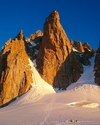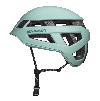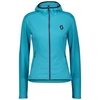Chugimago West Face first ascent by Domen Kastelic and Sam Hennessey
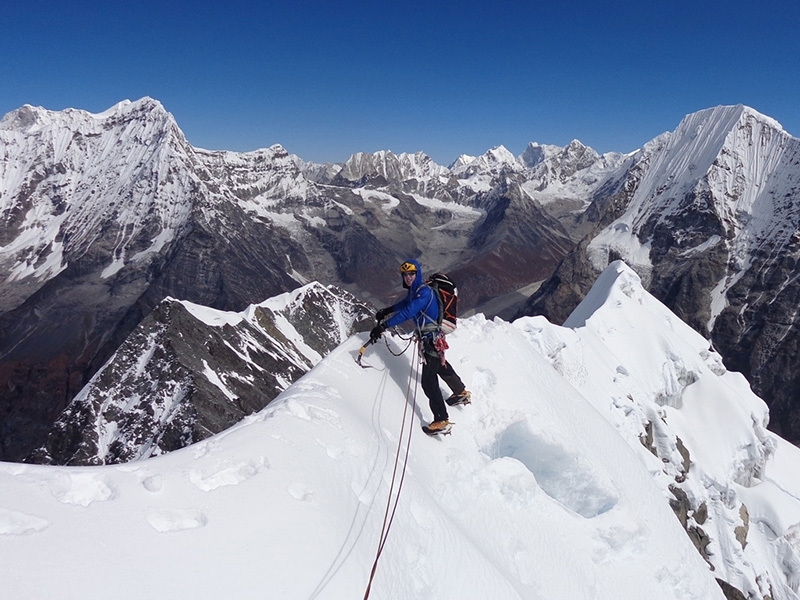
 1 / 16
1 / 16 Hennessey - Kastelic archive
Hennessey - Kastelic archive
Kastelic had first set sight on the mountain in 2013 during his first visit to the Rolwaling region, during which he got to know a Sherpa who he happened to meet during the approach to the peak this year. The Sherpa family kindly hosted Kastelic and Hennessey in their home at 4200m and this turned out to be an extremely welcoming and comfortable base camp.
After acclimatising close to the mountain and ascending Yalung Ri (5630m), which offered a good view onto the Chugimago's West Face, the two waited out the poor weather and then started their attempt. They had stashed some gear half way up the approach to the West Face and consequently started out with lighter packs. They reached the stash, continued to below the face and pitched their tent on the glacier but it then started snowing so instead of exposing their gear to wet conditions before the actual climb, they packed up and spent the rest of the afternoon below an overhanging boulder nearby.
The weather improved throughout the night and early the next morning they entered the wall and started climbing in the dark, illuminated by the lights of their headtorches. "We encountered different conditions during the climb" recounts Kastelic, explaining "In first, lower part we were sinking in the snow and waded through the terrain; the middle revealed excellent alpine ice and some mixed terrain; while in the upper part of the wall we were slowed down by the fresh fine snow. It took as whole day before we reached the ridge, found a bivy place and pitched our tent before the sunset."
The next morning the two waited for the sun to reach them and then set off with light packs as they left their bivy gear behind. A mere 150m separated them from the summit, but due to the sharp ridge, fresh snow and some rocky sections, progress was slow. The two reached the summit after three hours and, based on the current information available, theirs is believed to be only the second ascent of the mountain. Kastelic commented "This was also the first time we viewed the South and East faces of the mountain, and thought that the English-Nepalese expedition did a good effort to reach the peak in 1952, because the terrain of the mountain was visibly technically demanding on all sides. The same day we descended back by our route and continued further to the base camp, which we reached at night."
After returning to BC conditions worsened and it snowed for three days; they found out later that this was exactly the same period as the terrible blizzard the hit the Annapurna region. The two remained at BC for a further two weeks in the hope that the weather would improve to allow them to try other objectives, but conditions proved too dangerous and the two ended their expedition. While Hennessey travelled to the jungle, Kastelic set out to explore the Ganesh Himal. Although there are no details about this, it wouldn't surprise us if this region is now high on his list of new objectives.
Info: altamania.com
| www | |
| altamania.com | |



 Copia link
Copia link

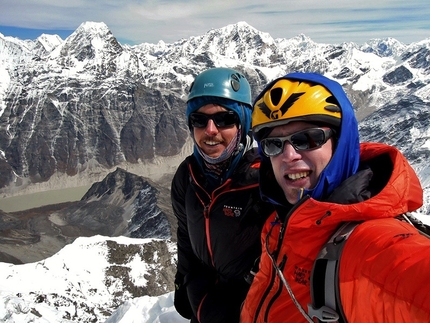
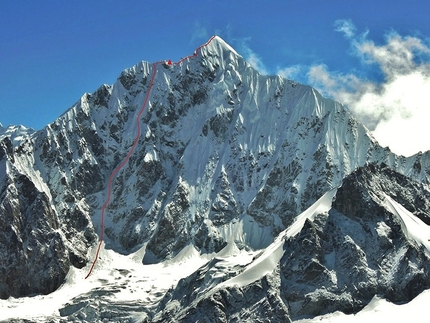
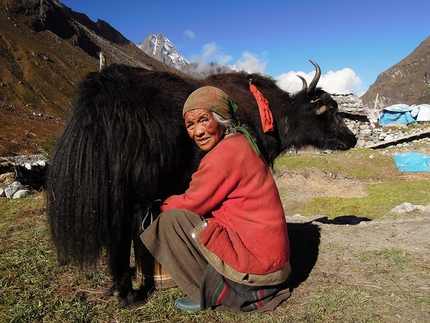
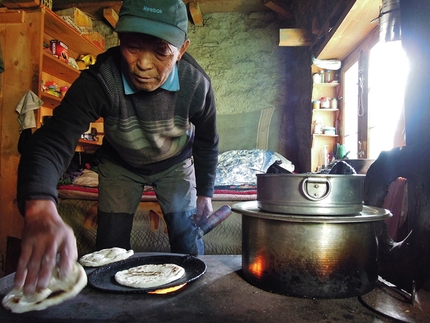
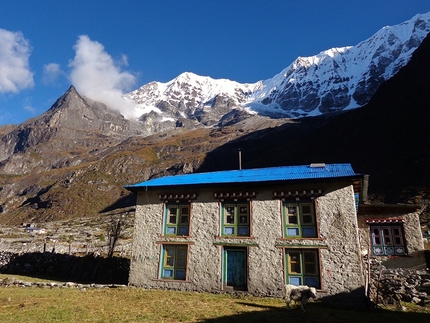
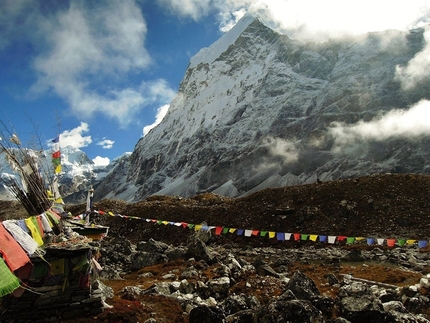
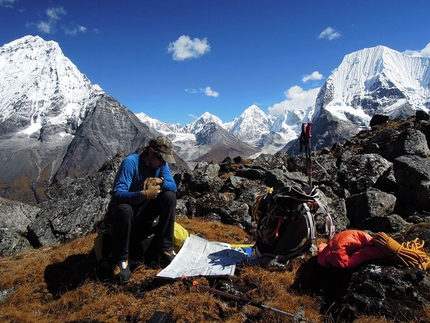
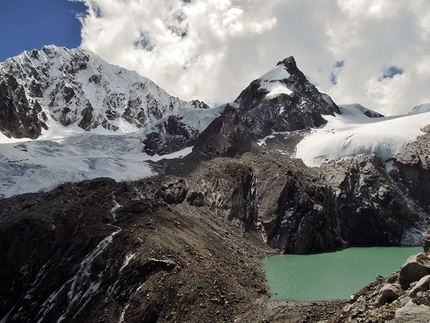
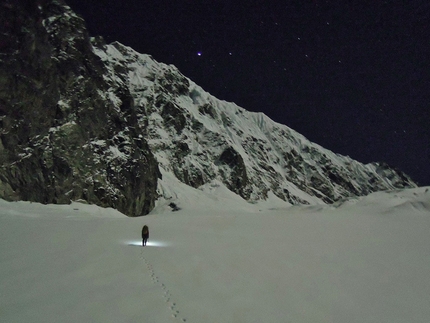
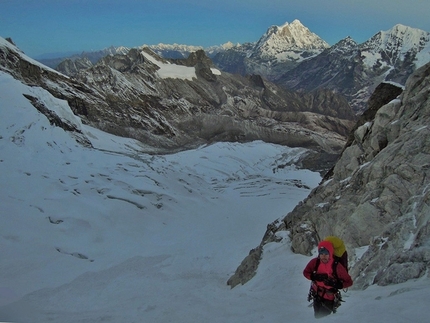
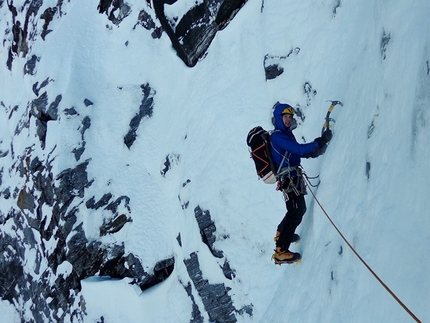
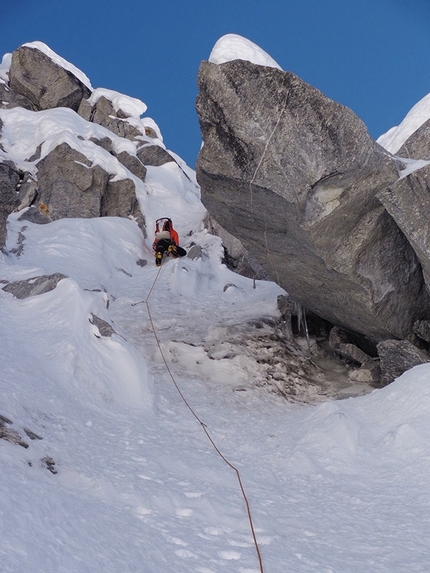
 See all photos
See all photos




